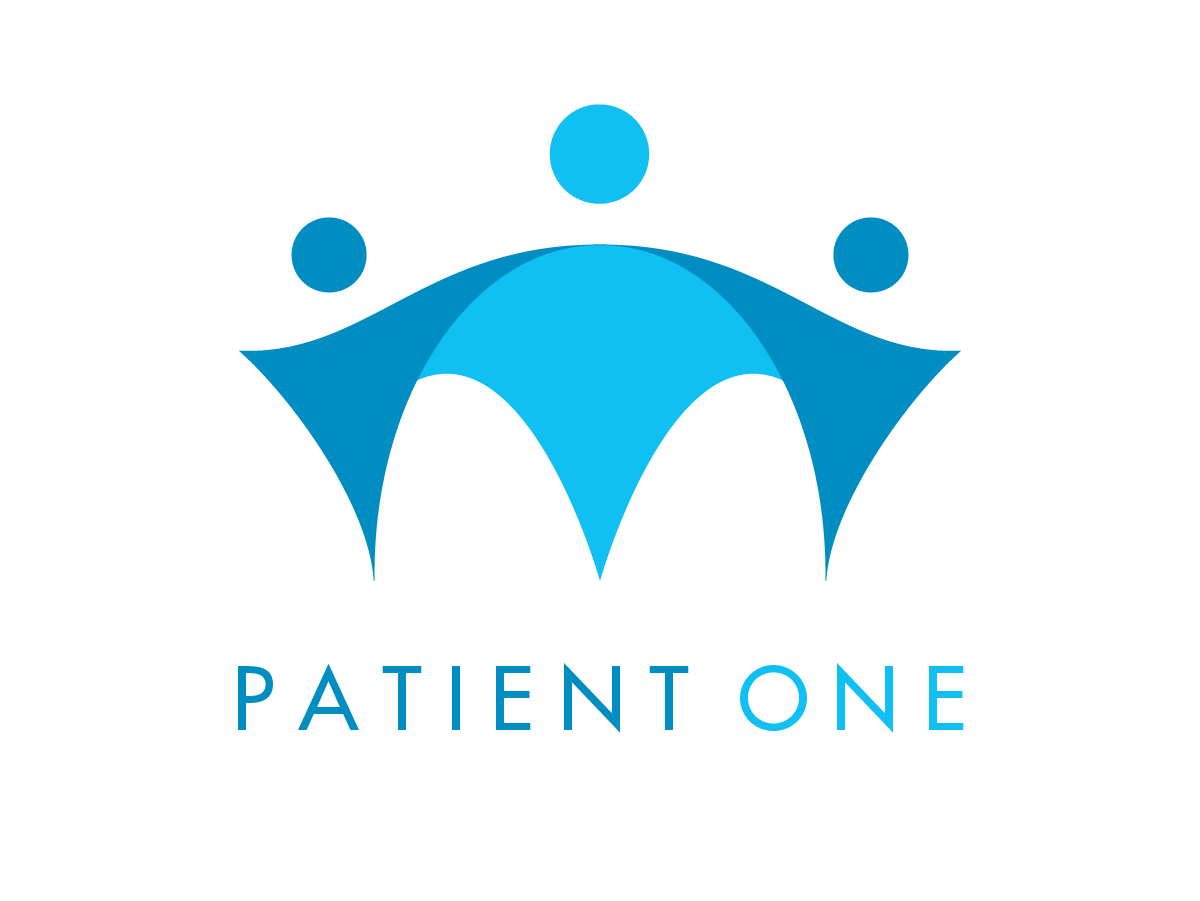ABOUT CYSTINOSIS
Cystinosis is a rare metabolic disease identified by the abnormal accumulation of cystine, an amino acid that cannot be properly broken down; this leads to cystine stones in various parts of the body.
ABOUT CYSTINOSIS
When left undiagnosed and untreated for too long, cystinosis can cause short and long-term complications for patients like muscle weakness, bone abnormalities, kidney failure, liver damage and blindness, significantly impacting their and their families’ lives.
Early diagnosis and treatment are therefore essential.
Unfortunately, there is no cure, but treatment can help manage symptoms and slow the disease’s progression.
WHO’S AT RISK?
Cystinosis is a rare disease that can affect people of all ages but is most commonly diagnosed in young children. It’s thought to affect about 1 in 100,000 people worldwide.
There are three types of cystinosis: infantile, juvenile, and adult-onset. Infantile cystinosis is the most severe form of the disease and typically manifests within the first few months of life. Juvenile cystinosis typically presents itself between the ages of 2 and 10, while adult-onset cystinosis is a less common form of the disease that affects adults over the age of 20.
While anyone can develop cystinosis, certain groups of people are more at risk for the disease. For example, children of parents who both carry the defective gene have a 25% chance of developing cystinosis.

SIGNS & SYMPTOMS OF CYSTINOSIS
One of the most common symptoms of cystinosis is increased thirst and urination caused by the buildup of cystine in the body, which can lead to dehydration. Other symptoms include:Poor appetite
- Weight loss
- Muscle weakness
- Nausea and vomiting
- Abdominal pain
- Diarrhea
- Constipation
- Fatigue
- Dizziness
Patients are often diagnosed in the first year of life with symptoms such as slow growth, fragile bones, frequent urination, and dehydration.
Left untreated, cystinosis can lead to kidney failure, liver damage, and blindness. Early diagnosis and treatment are therefore essential to preventing these complications.

TREATING CYSTINOSIS
Unfortunately, there is no cure, but treatment with cysteamine bitartate can help manage symptoms and slow the disease’s progression.
Patients report, however, that current treatments’ high frequency and volume make it hard to incorporate it into their daily lives, while missing dosages allows for irreversible damage.
Patient One is currently working on developing a novel, sustained-release formulation, making the treatment easier to incorporate into patient’s daily lives.

